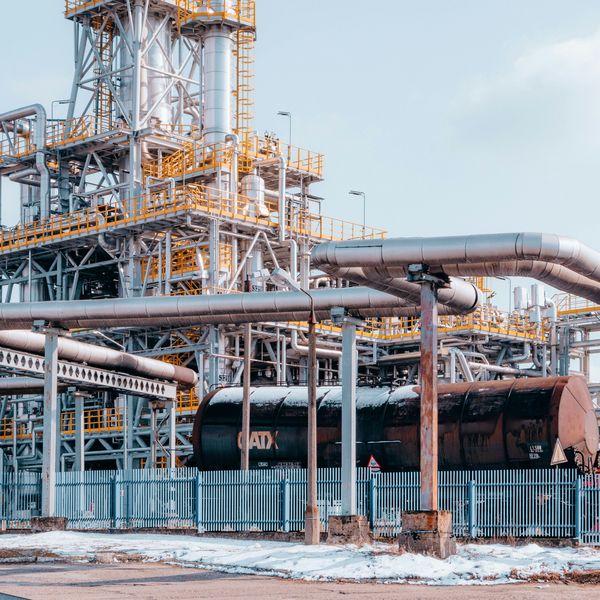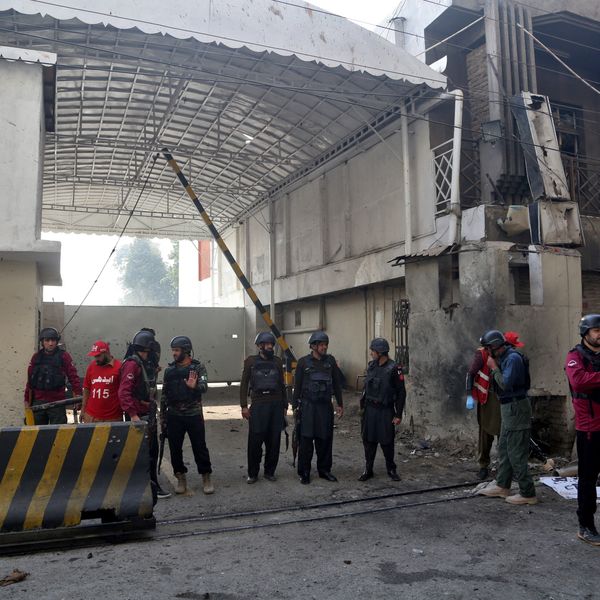Amreli Steels completes major debt restructuring to stabilize operations after 2 tough years
PKR 11B in short-term loans shifted to long-term debt as company targets 40-50% utilization, new equity injections and asset sales to restore liquidity
Business Desk
The Business Desk tracks economic trends, market movements, and business developments, offering analysis of both local and global financial news.

Amreli Steels Ltd. (ASTL) has said it has completed a major debt restructuring that it expects will help the company recover after two years of steep losses, weak demand and soaring financing costs.
Under the restructuring, PKR 11 billion of ASTL’s PKR 17 billion in short-term debt will be converted into long-term debt, payable over 10 years starting July 1, 2024, and including a three-year grace period, company officials said during a corporate briefing.
ASTL also expects to raise PKR 3 billion from the sale of non-core assets, while its sponsors have injected PKR 1 billion through a rights issue. The funds will be used to bolster working capital.
The restructured financing includes a cash-sweep mechanism under which any earnings above budgeted levels will be split equally between the company and lenders. The banks’ share will go toward debt repayment, while ASTL will use its portion to support operations.
ASTL reported a net loss after tax of PKR 3.8 billion for FY25, narrowing from a PKR 6.1 billion loss a year earlier. The company attributed much of the improvement to a PKR 1.3 billion tax reversal linked to deferred tax assets.
Management noted that the mark-up on the restructured facilities has been fixed with KIBOR with no additional spread, which is expected to support a reduction in financial losses.
Regarding the company’s outlook, management remained positive and aims to achieve utilization levels of 40-50%, which they consider the threshold for profitability.
Furthermore, the company highlighted that its strategy is to regain lost market share by ensuring material availability, rationalizing prices, and targeting 60-65% of the commercial sector sales.
Management mentioned that, if electricity subsidy package is approved, they will benefit as they are anticipating higher production than base year.
Sales declined by 59% year-on-year in FY25, attributable to ongoing financial restructuring and the unavailability of working-capital lines.
On pricing, management commented that ASTL’s rebar prices remained relatively higher than competitors, reflecting strong brand loyalty. During FY25, management focused primarily on the retail market for sales.
Working capital will be further strengthened through a PKR 4 billion injection via sponsor equity and the sale of non-core assets. Consequently, management expects liquidity pressures to ease and cash flows to turn positive as the benefits of the restructuring begin to materialize.
Management also highlighted that they remain focused on early repayment of debt, contingent on the availability of cash flows.
Scrap prices declined to $409/ton in FY25 from $430/ton in FY24. Electricity tariffs also fell from PKR 45/kWh to PKR 34.6/kWh; however, the benefit was largely offset by fixed local charges and low-capacity utilization.
The company operated at a negligible capacity utilization of 11%, with sales of only 71,602 tons for the year, down from 176,526 tons in FY24, representing a substantial drop of 59% YoY. The decline in sales was driven by the unavailability of raw materials, as working capital lines were shut due to debt restructuring negotiations.
With debt restructuring now completed, the company’s first target is to reach 40% utilization level, a level where the company achieves breakeven, which is expected in FY27.
Management stated that due to tough economic conditions, many steel mills have been wiped out over the past two years and since shipbreaking activity has also stalled, total installed capacity has shrunk over the period, which should help the company to regain market share.
Presently, the company is selling at a premium relative to the competition. This premium is expected to rationalize over time as the company works to claw back market share.
Total steel demand is expected to grow in the range of 5-7% in FY26, followed by around 10% thereafter as the country’s ongoing economic recovery transitions into a growth phase.










Comments
See what people are discussing